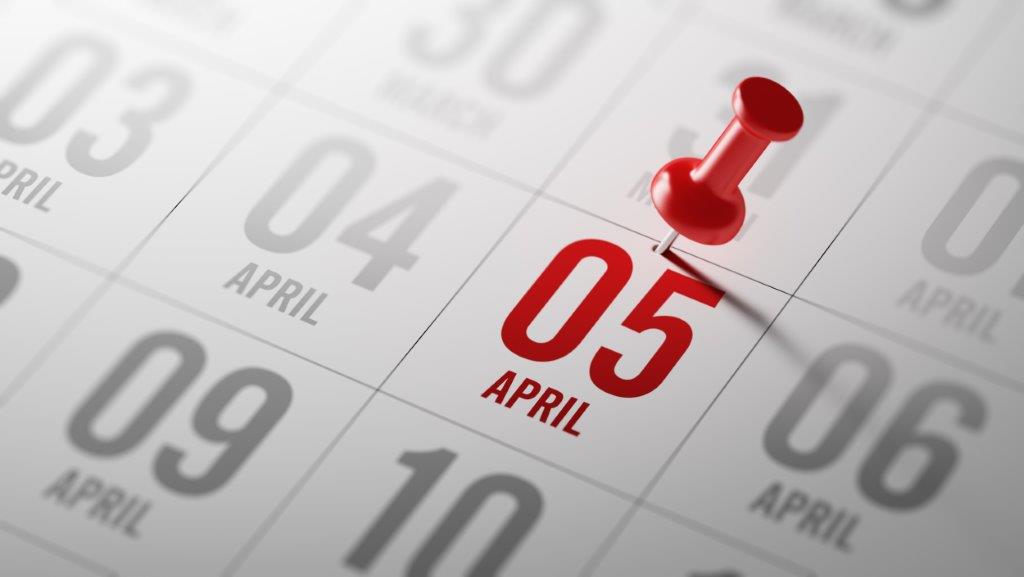
 Posted by ianpascall - June 16, 2021 2:19 pm
The end of a 5 April tax year end?
Posted by ianpascall - June 16, 2021 2:19 pm
The end of a 5 April tax year end?
In case you were wondering…
Why does the tax year run from 6 April to 5 April?
It’s a good question!
In 1582, the Gregorian calendar was introduced by Pope Gregory XIII to replace the Julian calendar originally proposed by Julius Caesar back in 46 BC. After some time, scholars calculated that the inaccurate Julian calendar had lost nine solar days. But, while most of Europe changed to the more accurate Gregorian calendar, here in England we continued with the old one until September 1752 – and by this time there was an 11-day difference.
To catch up, 2 September was replaced by 14 September, but to ensure no tax revenue was lost, the missing days were added on at the end of the year. During the Middle Ages, the legal year began on “Lady Day,” which was 25 March – so, with the reinstatement of the ‘lost days’ after this, the beginning of the tax year became 5 April.
Then a further change came in the year 1800, which was not a leap year in the new Gregorian calendar but would have been in the old Julian system. To compensate, the British Treasury adjusted the start of the UK tax year by one day, from 5 April to 6 April – and so it has remained ever since, including when income tax was imposed in 1842.
So now you know!
So what’s changing?
The government has a 10 year strategy to modernise its tax administration system, embracing digital technologies wherever possible. To deliver these goals some radical changes need to be made, and shifting the end of the UK’s tax year to 31 December could provide a way to not only simplify processes for taxpayers and authorities, but also provide the benefit of international alignment. The introduction of Making Tax Digital for income tax and corporation tax will be much easier with a 31 December year end. A 31 March year end would also be better, but this would lack the advantage of international alignment, and so 31 December is the more likely date.
The shift will, inevitably, have an impact on tax receipts for one financial year, but such moves are possible. Ireland made the switch when it joined the Euro in 2002.
There was a shorter 9 month (or 39 week) tax year from 6 April to 31 December 2001, before the start of the new full financial year on 1 January 2002. For this shorter year, many annual reliefs and allowances needed to be apportioned by a factor of 0.74. The transition also involved legislative changes with new filing and compliance dates. The Exchequer did suffer a cashflow disadvantage and some self-employed had the benefit of a tax year that was only three-quarters the length of the normal tax year, so a portion of profits fell out of assessment. A few anomalies arose, but were dealt with and, of course, the UK government will take note of the Irish experience.
Will it happen? Watch this space.


